How to Properly Do Hot Wax Hair Removal at Home: Step-by-Step Guide

Tired of daily shaving and not ready to invest in laser hair removal, but dreaming of long-lasting smooth skin? Waxing is one of the most popular and effective methods of hair removal, offering amazing results with minimal discomfort.
Like any beauty procedure, waxing requires knowledge and preparation. For example, it’s important to choose the right type of wax: hot or cold. Both methods remove hair from the root but do so in different ways and have their own advantages. Hot wax grips the hair securely while barely sticking to the skin. This allows it to be used without strips, minimizing trauma to the upper layer of the skin—unlike older types of wax or soft wax.
To learn about all the benefits of hot wax, as well as when and how to use it correctly, check out our detailed article. Discover how to safely and effectively get rid of unwanted hair and enjoy perfectly smooth skin for a long time.
What is hot wax?
Hot wax is a special type of wax that adheres firmly to the hair rather than the skin. It hardens and can be removed on its own, without the use of paper strips. Thanks to this “adhesion,” the same area can be treated multiple times, completely removing hair without damaging or irritating the skin.
Traditional honey-based waxes remove the first layer of skin along with the hair, which prevents repeated treatment of the same area and often leaves stray hairs behind. If you notice significant redness after using wax strips, it is caused by the removal of the top layer of skin. Hot wax, on the other hand, provides a more comfortable experience on all areas of the body.
Advantages of Hot Wax
Hot wax offers a number of benefits. First, it is gentler on the skin. Hot wax is especially suitable for people with sensitive skin, as it is applied in a thicker layer and removed without strips. The procedure is usually less painful and is ideal for small and delicate areas of the body.
In addition, hot wax removes hair from the root and does not leave sticky residues. When using soft wax, some residue may remain on the skin, whereas hot wax hardens on its own, making the removal process easier and cleaner.
As for the results: Waxing removes hair from the root, so the smooth effect typically lasts about 3–4 weeks.
Side Effects of Hot Wax
Hot wax has few drawbacks, except for the possibility of an allergic reaction. Always perform a sensitivity test before using a new product to ensure you are not allergic. At-home procedures, if done incorrectly, can cause injuries—burns, excessive exfoliation, or skin tears. For large areas, such as legs or the back, it is better to use soft wax, as hot wax can easily break.
How to Properly Use Hot Wax for Hair Removal
How to remove unwanted hair on the body and face using hot wax:
1. Thoroughly clean the area of dirt, makeup, oils, and lotions. This ensures better adhesion of the wax to the hair and reduces the risk of irritation.
2. Apply a pre-wax oil to create a protective barrier between the skin and the wax, helping to reduce discomfort.
3. Heat the wax in a wax heater or microwave, stirring carefully and allowing it to cool slightly to a comfortable temperature.
4. Apply the wax with a spatula in the direction of hair growth to minimize breakage. Form a small “edge” at the end of the wax to make removal easier.
5. Allow the wax to fully set, usually about 5 minutes.
6. Remove the wax with a quick motion against the direction of hair growth. Repeat on all necessary areas
7. After waxing, apply a serum to prevent ingrown hairs. To reduce irritation, avoid hot baths, wear loose clothing, and use a non-comedogenic moisturizer. If pain or redness occurs, apply a cold compress.
1. Thoroughly clean the area of dirt, makeup, oils, and lotions. This ensures better adhesion of the wax to the hair and reduces the risk of irritation.
2. Apply a pre-wax oil to create a protective barrier between the skin and the wax, helping to reduce discomfort.
3. Heat the wax in a wax heater or microwave, stirring carefully and allowing it to cool slightly to a comfortable temperature.
4. Apply the wax with a spatula in the direction of hair growth to minimize breakage. Form a small “edge” at the end of the wax to make removal easier.
5. Allow the wax to fully set, usually about 5 minutes.
6. Remove the wax with a quick motion against the direction of hair growth. Repeat on all necessary areas
7. After waxing, apply a serum to prevent ingrown hairs. To reduce irritation, avoid hot baths, wear loose clothing, and use a non-comedogenic moisturizer. If pain or redness occurs, apply a cold compress.
Hot Wax vs. Sugaring
Sugar waxing is gentler on the skin compared to hot wax. The sugar paste consists only of natural ingredients — sugar and lemon juice — making it especially safe for sensitive skin. However, for very thick and coarse hair, the smoothness effect may not be as pronounced as with hot wax.
Read also: How to Prevent Dark Spots After Waxing: 7 Top Dermatologist Tips
Read also: How to Prevent Dark Spots After Waxing: 7 Top Dermatologist Tips
Published: 14.10.2025 17:00
Times Read: 385
7703 bought
ID: 3678
120 MDL
2501 bought
ID: 3650
80 MDL
1202 bought
ID: 2003
80 MDL
1298 bought
ID: 3658
130 MDL
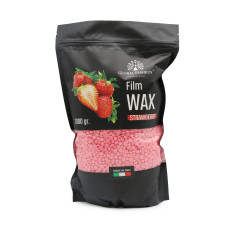

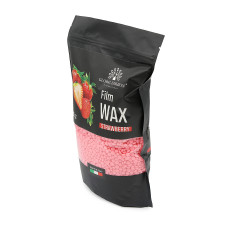
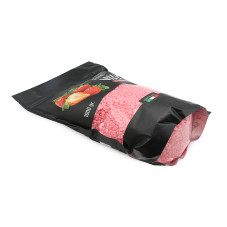
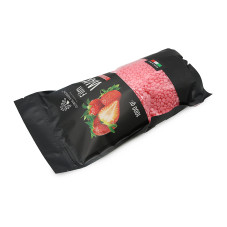
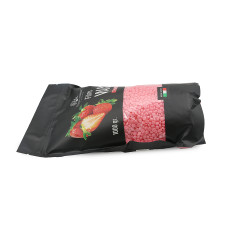
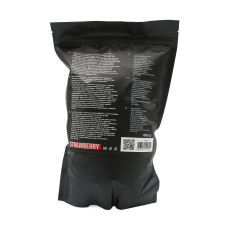
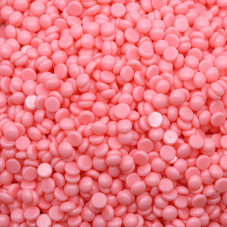
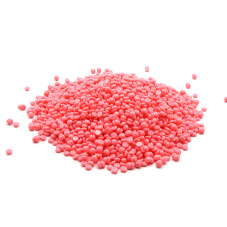
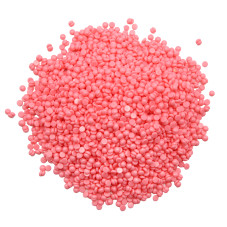
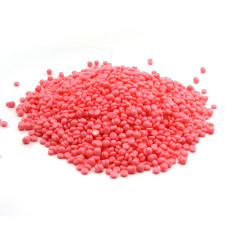
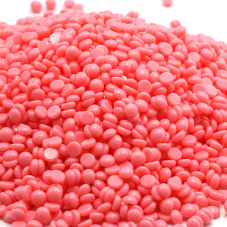
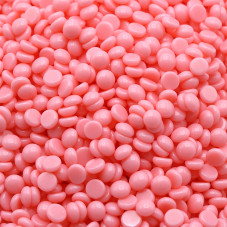
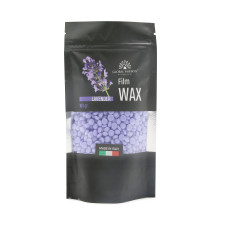
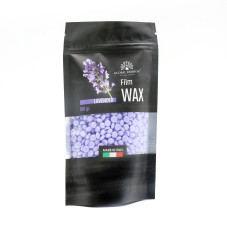
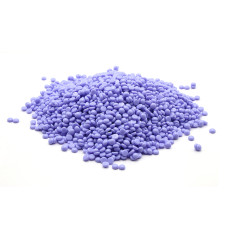
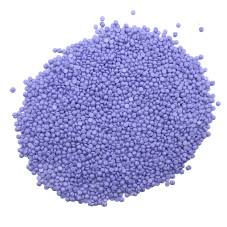
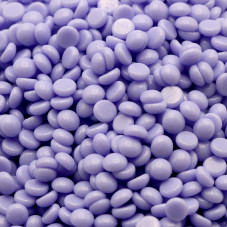
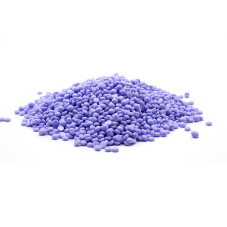
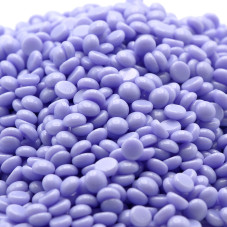
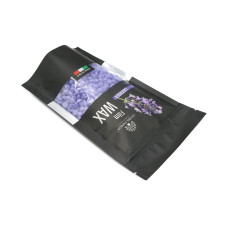
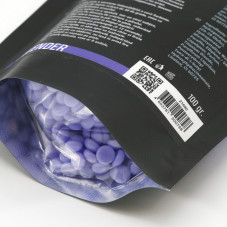
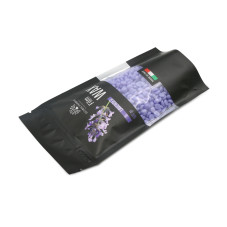
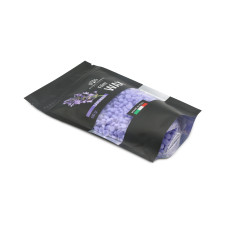
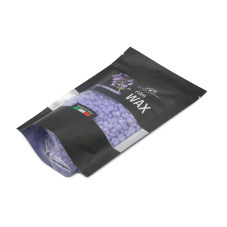
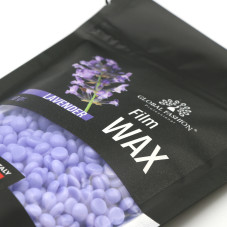
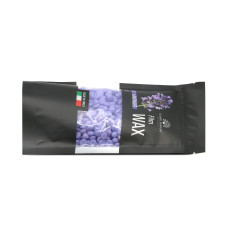
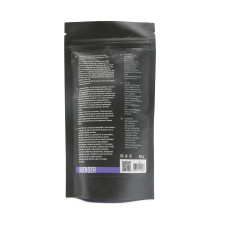







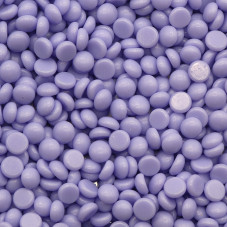
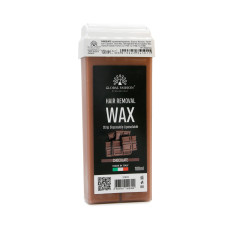
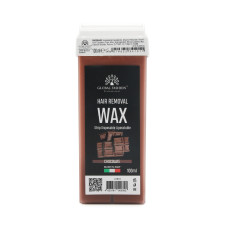
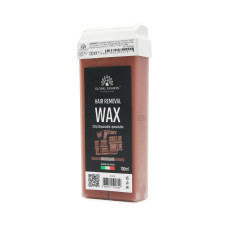
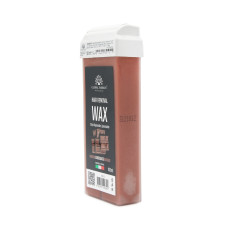
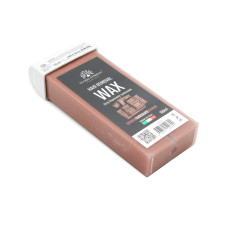
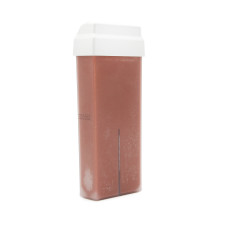
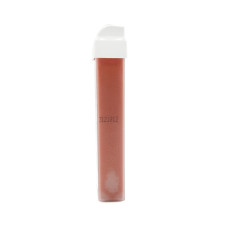
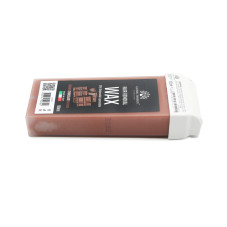
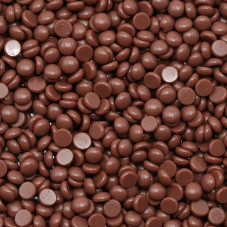
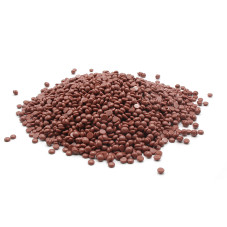
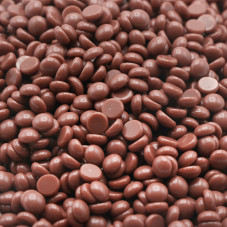
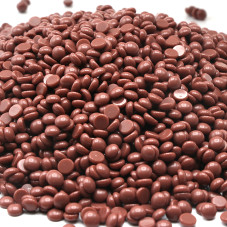
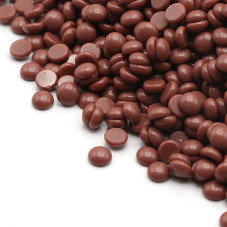
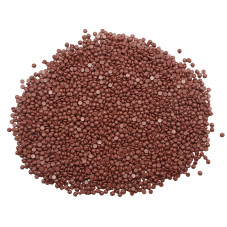
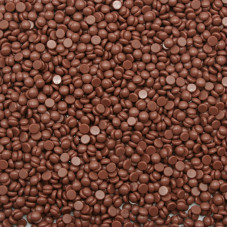
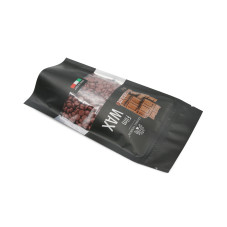
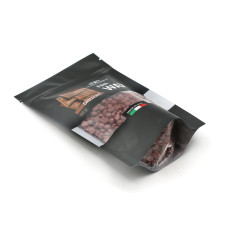
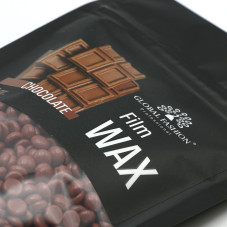
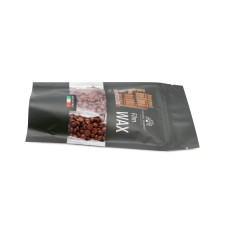
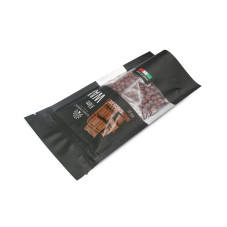
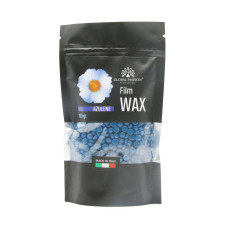
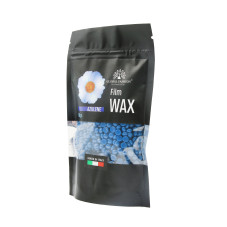
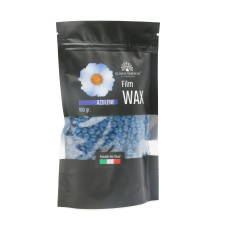
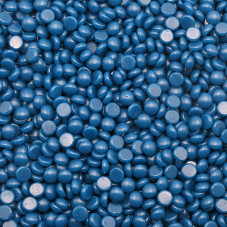
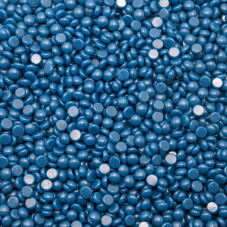
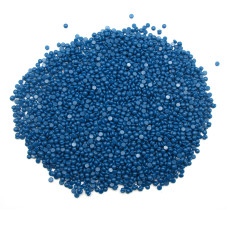
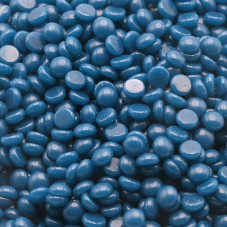
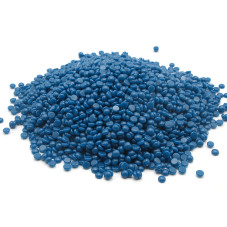
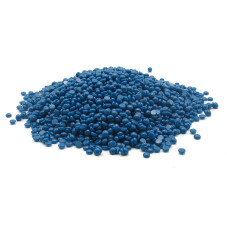
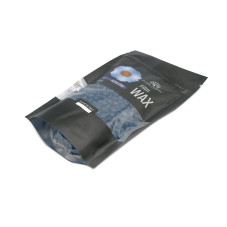
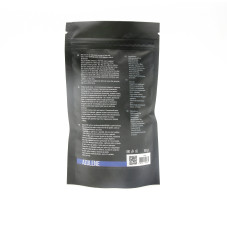
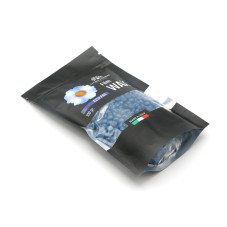
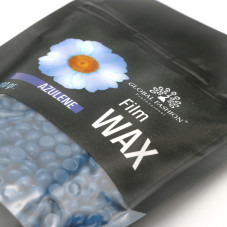
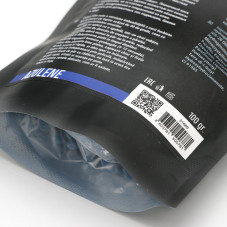
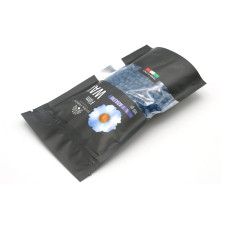
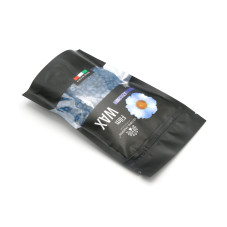
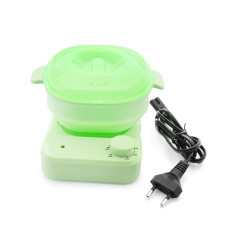
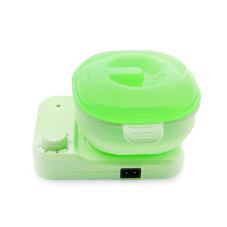
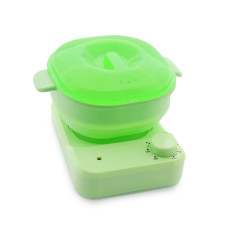
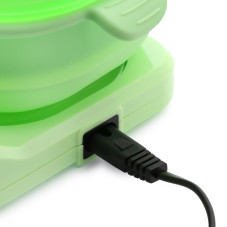
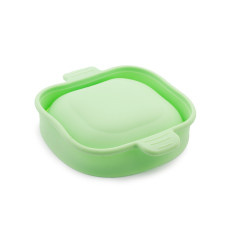
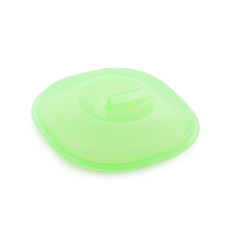
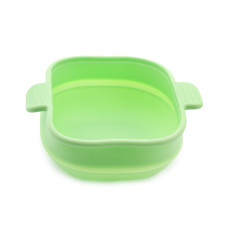
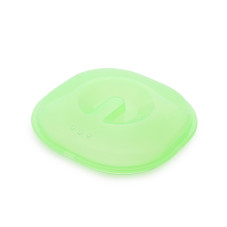
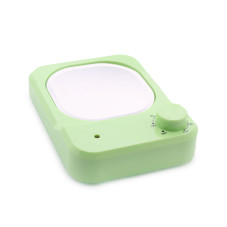
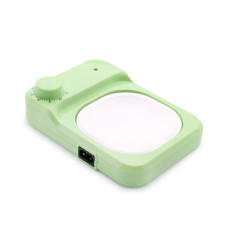
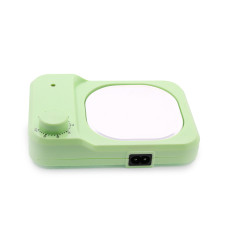
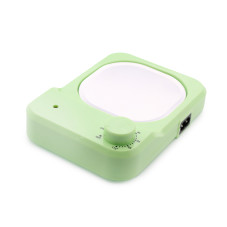
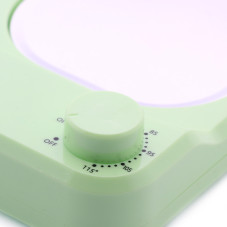
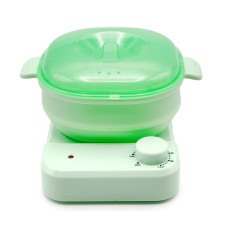

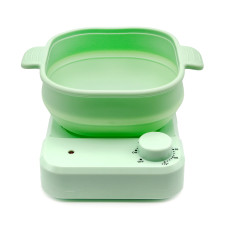
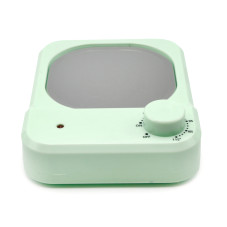





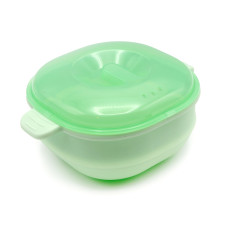
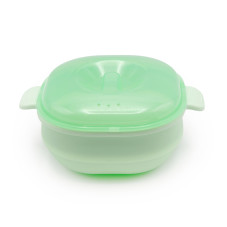
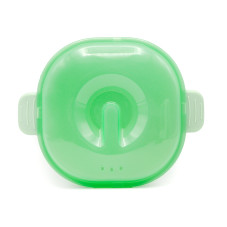
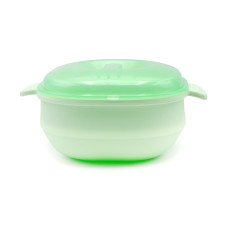


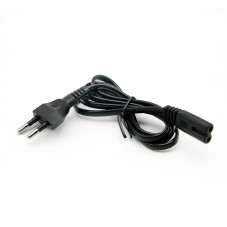



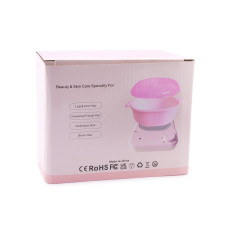
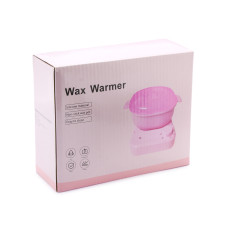
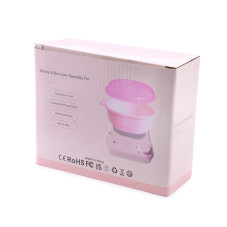
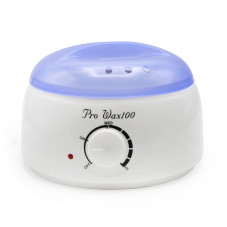
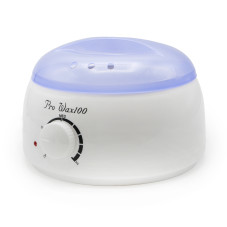
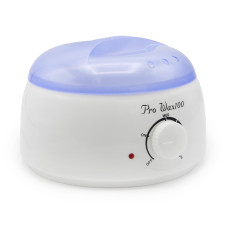
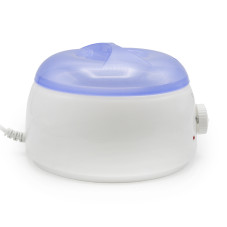
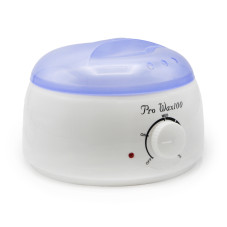
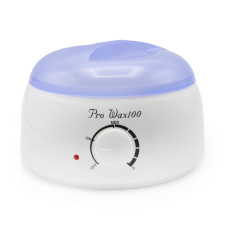
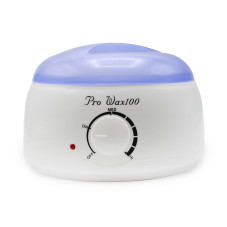
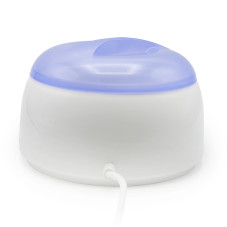
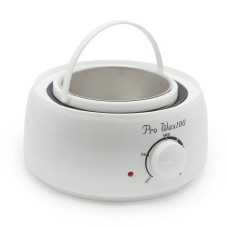
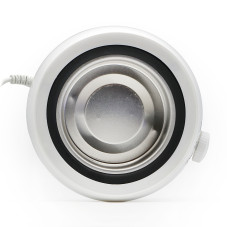
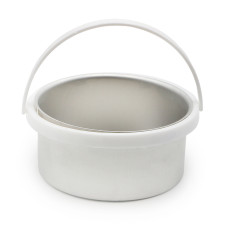
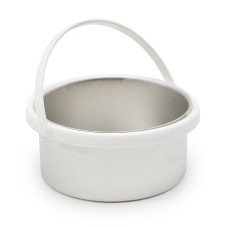
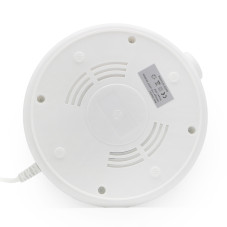
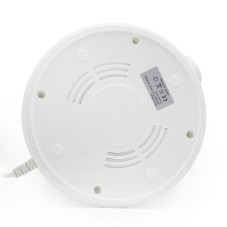
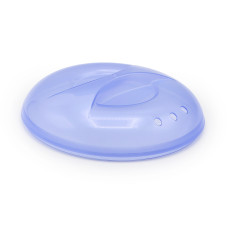
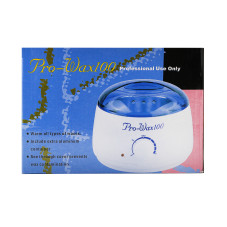
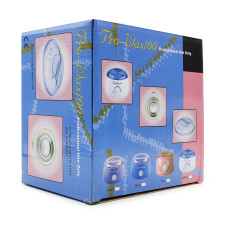
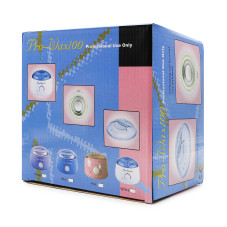
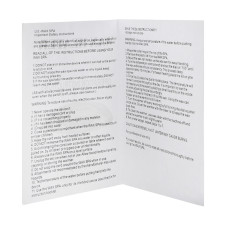
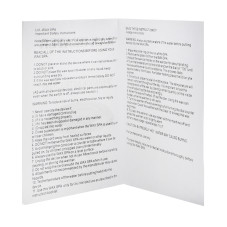
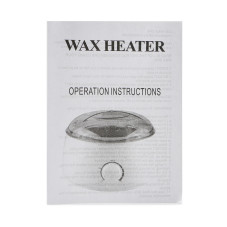
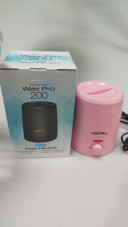
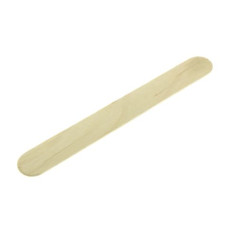
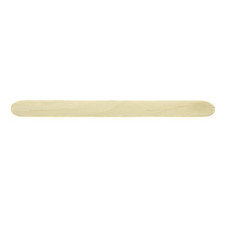
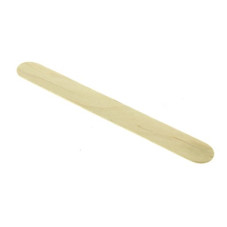
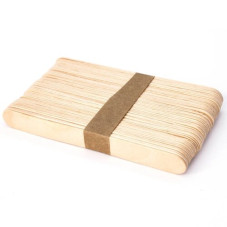
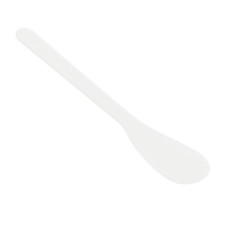
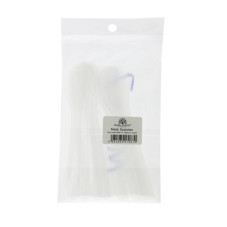
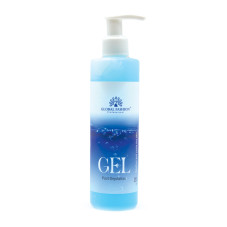
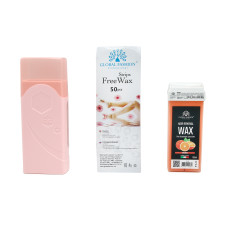
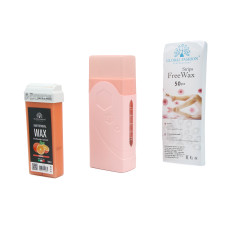
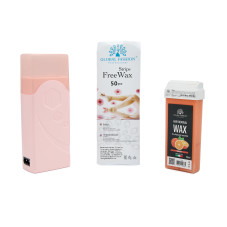



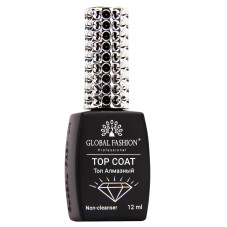
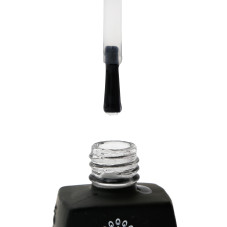
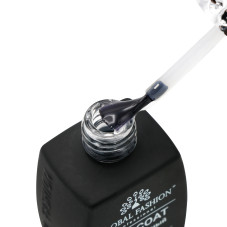
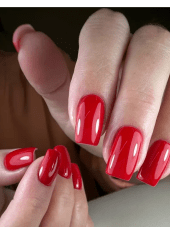
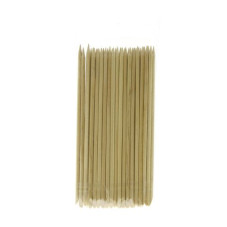
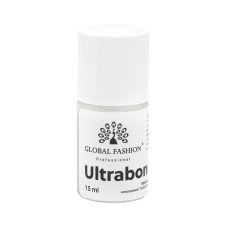
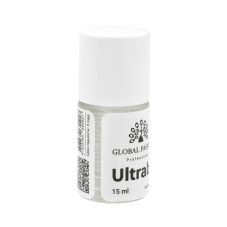
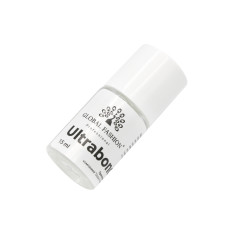
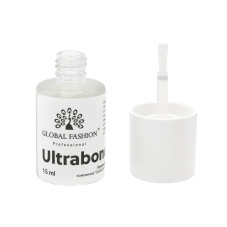
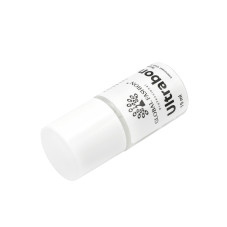
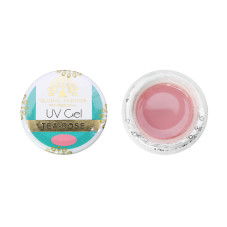
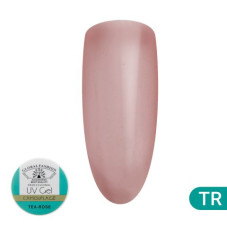
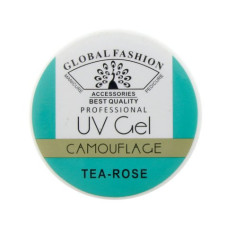
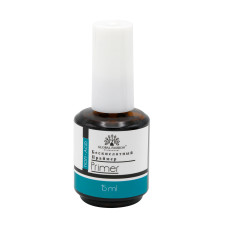
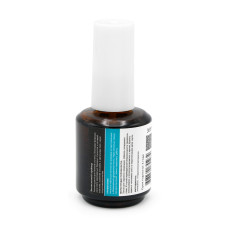
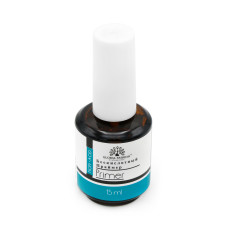
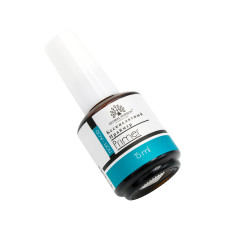
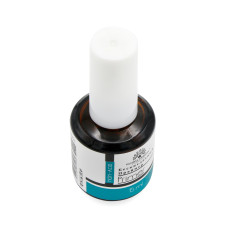
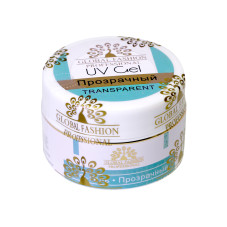
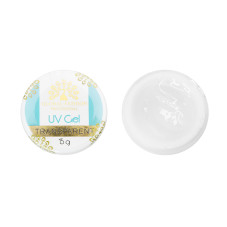
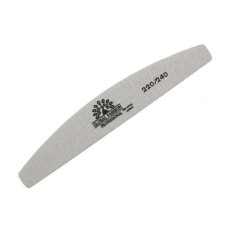
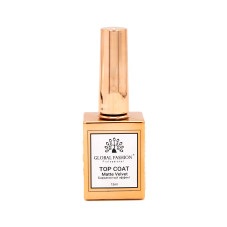
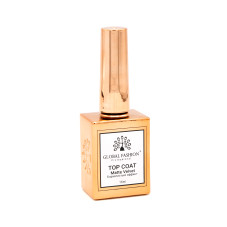
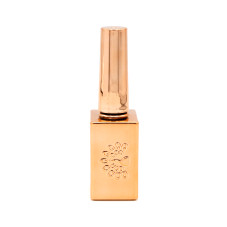
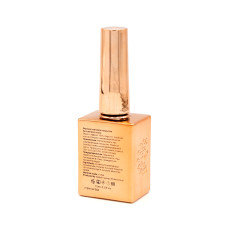
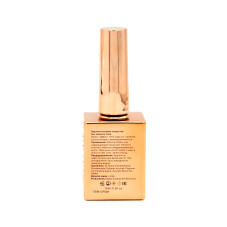
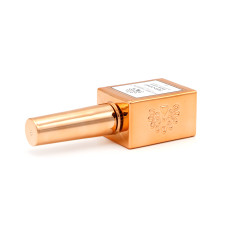
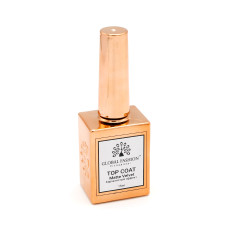
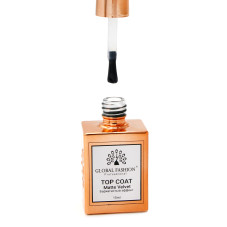
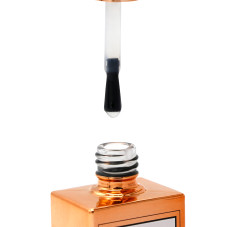
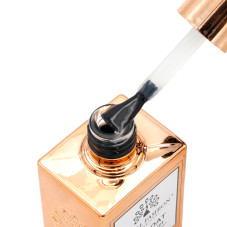
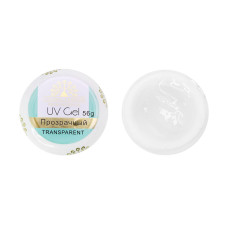
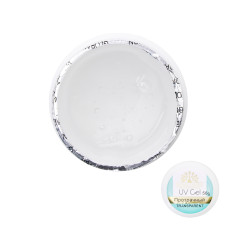
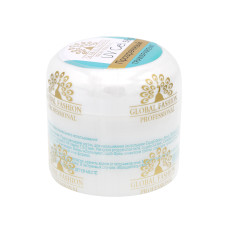
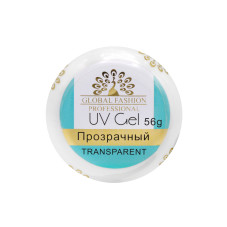
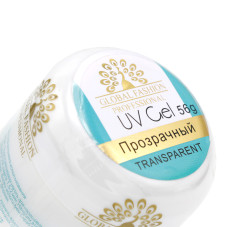
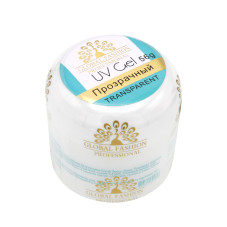

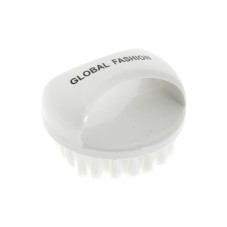
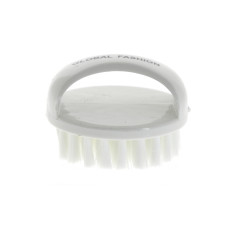




















.jpg)


















